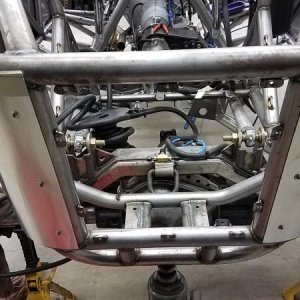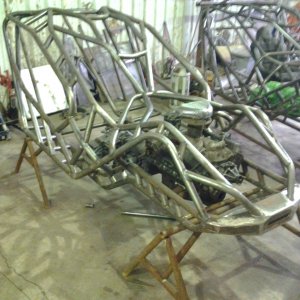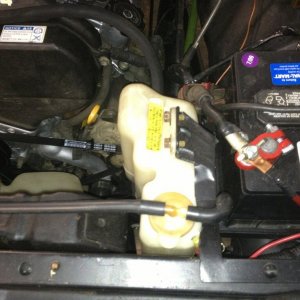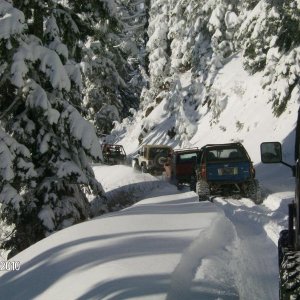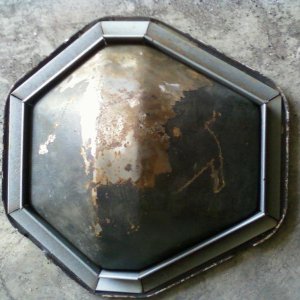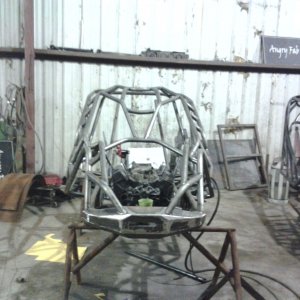The issue with running without a thermostat is two-fold. The first
part is that the thermostat provides drag on the water flow. This
drag increases the backpressure the water pump and all of the engine
sees. This additional pressure, over and above the nominal 15 psi
static pressure the radiator cap sets, raises the boiling point of
the coolant. The reason this is important is that it suppresses
localized film boiling at hot spots such as around the exhaust
port. The transition from nucleatic boiling (bubbles of steam
originating from irregularities on the surface) to film boiling
(where the hot surface is coated with a film of steam) is called
Departure from Nucleatic Boiling or DNB. DNB is very bad, for steam
is a very good insulator compared to water. Once DNB occurs, the
area under the steam gets hotter because the steam doesn't remove
very much heat, adjacent metal which is still wetted heats from
conduction. DNB happens there. The process spreads until
substantially all the coolant-wetted surfaces are insulated by a
film of steam. The engine overheats. In addition, the buildup in
steam pressure forces the radiator cap open, bleeding coolant,
therefore making the situation worse.
The second issue is that of water pump cavitation and surge. If the
pump is operated at high RPM with insufficient head pressure
(provided by the frictional losses in the coolant passages and the
thermostat), there is a great likelihood that the pump will either
cavitate (localized boiling and/or degassing on the impeller) or
surge (an unstable flow regime). Either phenomena is destructive.
Cavitation's collapsing bubbles act like little sand blaster,
eroding away impeller material. Surge can do the same thing and in
addition, can vibration stress the impeller enough to break it.
Many times what looks like corrosion damage to the impeller,
especially when the housing is damage-free, is actually cavitation
damage.
The myth of velocity originated among those unschooled in physics or
thermodynamics, I suppose, because a common racer "solution" is to
press a fixed restriction into the thermostat housing neck when no
thermostat is desired. The conventional (but wrong) wisdom is that
the restriction "slows the water" as stated by the previous poster.
In reality, all it does is provide some more dynamic pressure in the
block by restricting the flow. The exact same result could be
accomplished (assuming the water pump doesn't surge or cavitate)
with a higher static pressure (cap pressure), assuming the system
could withstand it.



